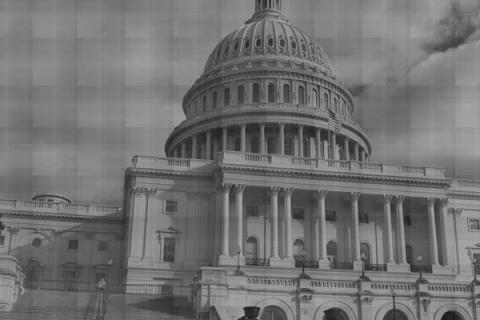 The Southern California Public Power Authority is partnering with Ice Energy in a utility-scale distributed energy project to reduce electrical demand for air conditioning. Currently, when temperatures rise, air conditioners are all going at once and electrical demand soars. This puts huge stress on the grid and is more expensive for users, as rates are higher during the day.
The Southern California Public Power Authority is partnering with Ice Energy in a utility-scale distributed energy project to reduce electrical demand for air conditioning. Currently, when temperatures rise, air conditioners are all going at once and electrical demand soars. This puts huge stress on the grid and is more expensive for users, as rates are higher during the day.
Ice Energy’s Ice Bear solves both those problems. It attaches to a building’s AC system and freezes 450 gallons of water during off hours when rates are cheaper. During the day, it uses the ice to chill the hot refrigerant used by the AC. This allows the building to be cooled without using the AC compressor, saving large amounts of power. Peak energy demand is thus greatly reduced, cutting costs substantially. In effect, the Ice Bear stores cheap energy to be used instead of much more expensive energy the next day. It does this on a massively distributed basis, too. There is no central location where the energy is stored. Instead, it will be on rooftops throughout the Southland.
SCPPA has 10 municipal utilities as members, including Los Angeles, Pasadena, and Anaheim. They say this could move 53 MW of electricity consumption from peak times to off hours, lowering stress on the system and cutting costs for businesses as well. It will be the largest energy storage project of its type ever.
Other methods of energy storage include flywheels, compressed air, pumped storage, and solar thermal. Flywheels store power in the form of rotational energy and are used in uninterruptible power supplies and other applications. Some wind farms may soon store excess energy as compressed air in underground caverns. In pumped storage, a hydro-plant pumps water uphill to be used to create power when needed. With solar thermal, heat from the sun is stored as steam or in molten salt to power generators on demand.
Blackouts and brownouts often happen on hot days when air conditioners are going full-bore and the electrical grid is maxed out. Implementing energy storage techniques like these means massive amounts of energy can be stored to be used later as needed. This vastly drops demand on power plants during peak energy usage. The Ice Bear plan, once installed on a wide basis, will cut peak demand permanently. Imagine what reductions would be possible if it was installed on a state-wide basis- or when other similar solutions become mainstream too.
